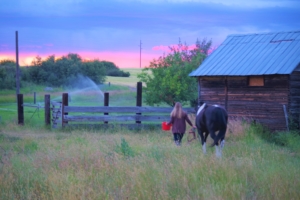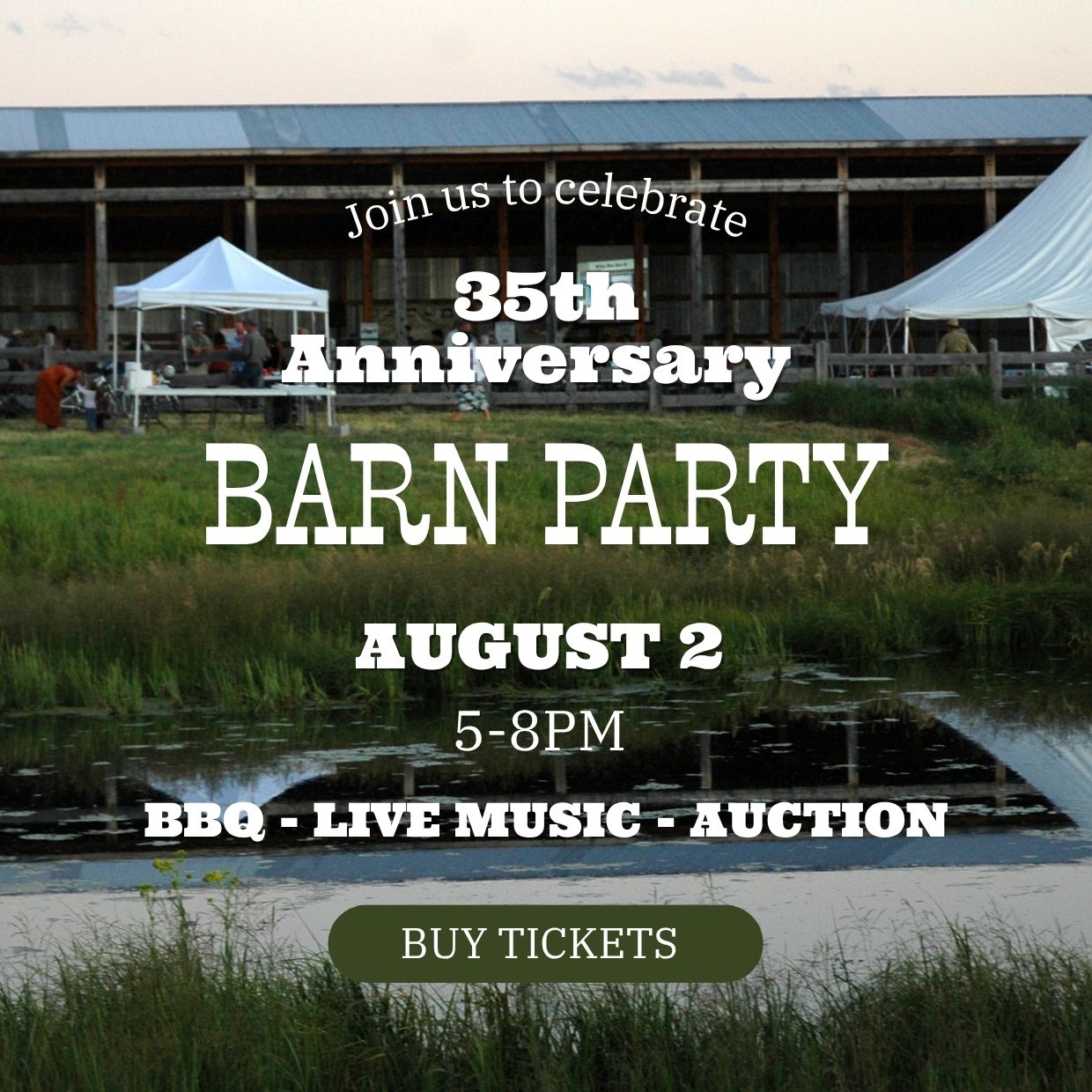Teton Regional Land Trust Board President John Nedrow took some convincing, but now he’s a big believer in conservation easements – it saved his family farm
Story and Photos by Steve Stuebner
(November 7, 2020) Before knowing much about land trusts, Ashton farmer John Nedrow thought they were some kind of sinister force seeking to take over his farm and force landowners off their property.
“Back then, I thought they were the enemy,” Nedrow said in an interview on his alfalfa and malt-barley farm, which straddles the banks of the famed Henrys Fork River, a blue-ribbon trout stream. “I thought they wanted to turn this whole area into national park.”
But then one of Nedrow’s neighboring farmers, who was a Teton Regional Land Trust board member, shared some of the potential benefits of working with the land trust, including the possibility of getting a nice chunk of change to protect his farm from being subdivided or turned into a shopping mall.
The Nedrow family was struggling to make ends meet at the time, the late 1990s, he said. They had had several bad years in a row – poor commodity prices and poor yields. They had incurred some debt in the early 1980s to upgrade equipment and put in a new irrigation system. They were having a hard time covering the debt.
On top of that, the local Coors malt-barley plant had been recently shut down after being a dependable buyer of malt-barley, bringing a consistent source of revenue. “That really took the wind out of our sails,” Nedrow says.
Nedrow contacted the Teton Regional Land Trust staff to schedule an appointment and learn more. His son, Greg, was home from the University of Idaho. They talked about the potential benefits of a conservation easement on a portion of their 840-acre farm, a portion on the banks of the Henrys Fork with primo fish and wildlife values.
Cash from the deal could help put his two sons through college, pay off his debts, and allow him to make some additional investments in the farm. A national Farm and Ranchlands Protection Program under the Natural Resources Conservation Service (NRCS) gave farmers the option to sell their development rights while allowing them to retain ownership.
The Teton Regional Land Trust put the deal together, and within 6-7 months, Nedrow received payment for the conservation easement. “It was exciting to get that check,” he says with a big grin. “It let us get our feet back under us. It let us keep going and make a decent living.”
Today, Nedrow is Board President of the Teton Regional Land Trust. His story is still as relevant as ever as Idaho’s oldest land trust celebrates 30 years of conservation in 2020.
In essence, the conservation purchase saved the Nedrow family farm, and the family rests easier now, knowing that their farm is safe in their hands and never will be subdivided. “It would take a man down to see something like this destroyed,” he says. “The river and the land are part of our family.”
The Nedrows signed the first conservation easement in 2002. They added a second easement in 2003 with an additional 300 acres under the North American Wetland Conservation Act grants program.
“I like that we continue to own our property, even though it’s protected by a conservation easement,” said Sheila Nedrow, John’s wife. “It’s an easement, so we need to protect those conservation values. We can’t destroy the habitat, but we’d never want to do that anyway. But still, it’s our land to manage and continue to produce for our farm.”
The Nedrows also continue to pay taxes on their farm property, continuing their contribution to the local tax base in Fremont County.
Over the last three decades, the Teton Regional Land Trust has protected over 36,000 acres of working lands and habitat in six counties in Eastern Idaho, including 53 miles of the Teton, South Fork of the Snake, and Henrys Fork rivers, involving 166 properties and 133 partner landowners. Their list of accomplishments is long and impressive as the state’s oldest land trust organization.
On a beautiful east Idaho evening at Nedrow’s farm, we saw ospreys flying overhead with a fresh catch in their talons, the Henrys Fork flowing by, kingfishers squawking in the bushes, a few anglers fly-fishing, and a prize sighting of four otters swimming by in the river.
“Whoa, I’ve never seen four otters at one time, that’s cool!” said Kate Nedrow, who is the wife of John’s son, Greg.
Greg and Kate are now helping run the Nedrow farm while operating a dry grain farm they have taken over from relatives in Kate’s family. Greg reflected, “putting the land under conservation easement started as a means to an end. Now almost two decades later, it is about the legacy we have created for our family and for the future.”
John Nedrow also became a believer in open space and conservation after serving on the Fremont Planning and Zoning Commission. He watched farmland get gobbled up by trophy homes and subdivisions. He noticed that growth doesn’t always pay its way, and local taxes often have to go up to cover the increased costs of roads and services to serve newcomers.
The 2007-2010 Great Recession slowed down the growth, but ever since then, development pressures have ramped up again, putting more open space and wildlife habitat at risk in this scenic corner of Idaho, which lies in the shadows of the Grand Teton and the Teton Mountain Range.
“The threat posed by development is very real. There’s no way we can compete with the money that developers pay for farm and ranch land,” says Joselin Matkins, Executive Director of the Teton Regional Land Trust. “At the same time, we know that ranchers and farmers in this region own working lands that provide value to our agricultural economy and wildlife habitat. Situated within the world-famous Greater Yellowstone Ecosystem, the largest intact ecosystem in the lower 48 states, we have the opportunity to work with landowners to safeguard family farms and ranches and maintain the integrity of this iconic ecosystem including the world-renowned fisheries of the Henrys Fork and South Fork of the Snake Rivers We have to protect these really special places.”
In the Ashton farm country, that means protecting farms and open space and keeping working lands, working. Looking ahead, Nedrow wants to spread the word about the benefits of working with the Teton Regional Land Trust, telling his story to more farmers who might fear the same things he did back in the day. Matkins says that’s critical. “Landowners need to know that their property rights are always protected, no matter what,” she says. “No one is ever going to force anyone to sign a conservation easement. It’s always up to them what they want to do with their property.
“When you work with a landowner for several years on protecting their property from development, you know that they have their own very personal reasons for realizing a lifetime dream and making an impact. It’s very rewarding and really cool at closing to see how much it means to them.”
Steve Stuebner is a Boise-based professional writer who specializes in conservation success stories. Funding for this story was made possible by the national Land Conservation Assistance Network www.landcan.org






